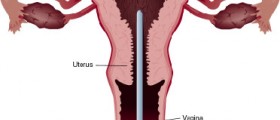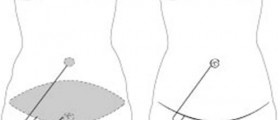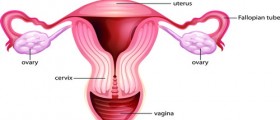
If abnormal bleeding occurs during the menstrual periods, then a procedure known as endometrial ablation might be recommended. This procedure results in the deliberate surgical destruction of the uterine lining tissues. If cancer is the cause of the uterine bleeding, then the endometrial ablation will not be sufficient with regard to treating the condition. The procedure is normally only performed on those who are not pregnant, and who do not wish to become pregnant. If there is an infection of the genital tract, this operation should not be performed.
The operational procedure
Before the operation can commence, the patient needs to undergo an endometrial sampling. Imaging studies or visualization through the use of a hysteroscope will be undertaken prior to the operation, in order to gain a clear picture of the uterus, as well as to ascertain whether or not there are uterine polyps or benign tumors present. These are possible causes of uterine bleeding that can be rectified without the employment of the endometrial ablation procedure. It is also important to eliminate the possibility that the patient is pregnant at the time of the operation.
In order to begin, the surgeon will dilate the cervical opening. This will allow the instruments required to perform the operation to pass into the uterine cavity. Some different methods of ablation are employed with this procedure. These methods include the use of laser beams, electricity, freezing, microwaves, and heating. The choice of method will depend on the preference of the surgeon, whether or not there are fibroids present, and the type of anesthesia desired by the patient.
Risks of the procedure
As with any surgical operation, there are risks involved with regard to this procedure. For example, the uterus might become perforated, tears to the cervical opening might occur, and there is also the possibility of the occurrence of burns, bleeding, and infection. In some rare cases, fluid used in the procedure can be absorbed into the bloodstream, which can lead to pulmonary edema. After the operation, it is possible that side effects, such as cramps, nausea, and frequent urination might occur. There might also be a watery or bloody discharge for several weeks after the procedure is undergone.
Most people who undergo the operation will report a successful reduction in the level of abnormal bleeding. About half of women will no longer have periods after undergoing the procedure. One out of every ten women who undergo an endometrial ablation will also require a hysterectomy at some stage in their life.

















Your thoughts on this
Loading...